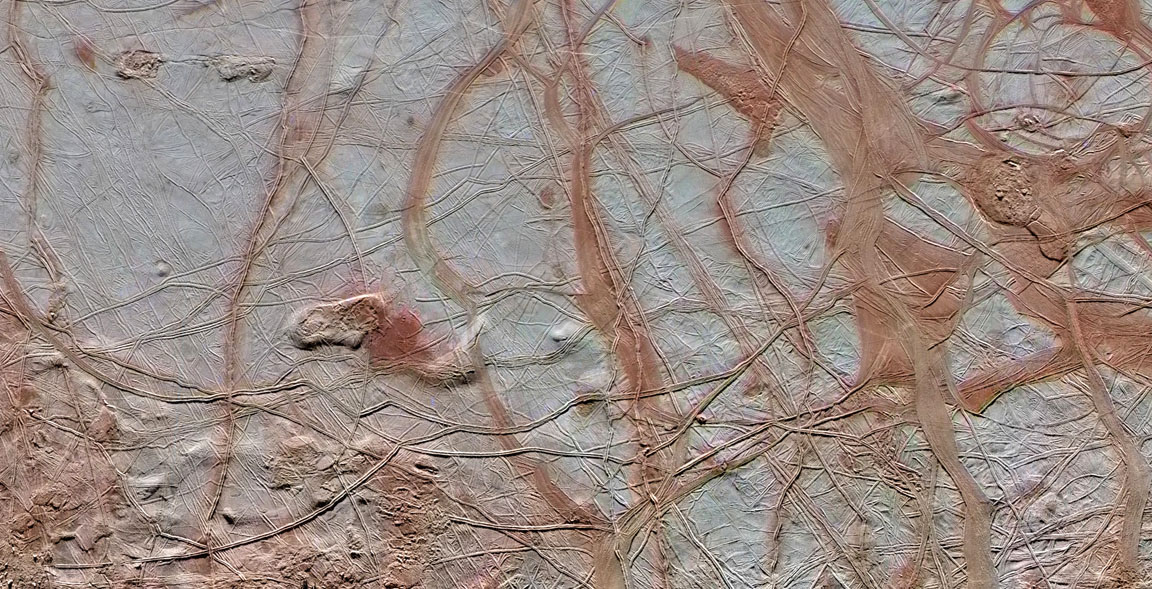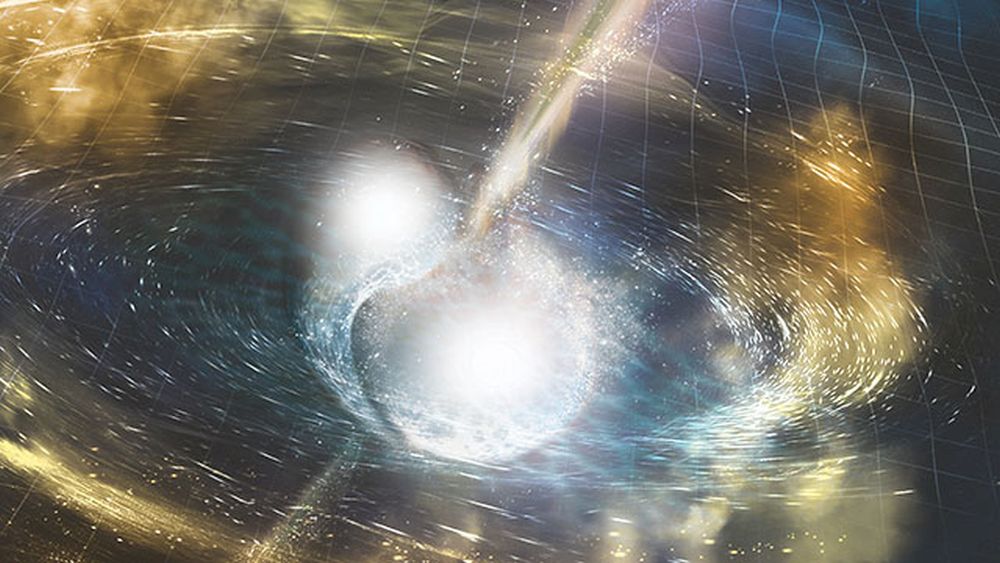The Cassini mission to Saturn took many images of Mimas, one of the smallest moons in the solar system. And now you can view it in all its icy, cratered glory, thanks to the work of Kevin Gill.
Continue reading “A beautiful picture of Saturn’s heavily-cratered moon Mimas, processed by @kevinmgill”Gravitational waves could show what’s happening inside a star as it’s going supernova

It’s kind of hard to see inside a star as it’s blowing up, because of the whole “blowing up” part, but gravitational waves – tiny ripples in the fabric of spacetime itself – may help astronomers unlock how the biggest stars die.
Continue reading “Gravitational waves could show what’s happening inside a star as it’s going supernova”Quasars can twinkle?

It turns out you can teach an old dog new tricks. With a recent upgrade to a 50-year-old radio telescope, astronomers have spotted nearly a dozen of a rare class of quasars, ones capable of flickering in less than an hour.
Continue reading “Quasars can twinkle?”Europa’s entire icy shell shifted 70-degrees a few million years ago

The mysterious world Europa, the ice-covered second moon of Jupiter, sports deep scars that cut across its face. An international team of investigators studied high-resolution maps of that surface to reveal a pattern: something shook Europa sometime within the past few million years, causing the entire shell to shift by 70 degrees.
Continue reading “Europa’s entire icy shell shifted 70-degrees a few million years ago”Astronomers find 100 brown dwarfs in our neighborhood
![An artist's conception of a brown dwarf. A new study identifies CK Vulpeculae as the remnant of a collison between a brown dwarf and a white dwarf. Image: By NASA/JPL-Caltech (http://planetquest.jpl.nasa.gov/image/114) [Public domain], via Wikimedia Commons](https://www.universetoday.com/wp-content/uploads/2018/10/Artist’s_conception_of_a_brown_dwarf_like_2MASSJ22282889-431026-2000x1200.jpg)
Brown dwarfs are smallish objects sitting somewhere between stars and planets, making them notoriously hard to find. But a recent citizen science project aimed at finding the elusive Planet 9 has instead revealed a treasure trove of these oddities, right next door.
Continue reading “Astronomers find 100 brown dwarfs in our neighborhood”Did a supernova cause the Devonian mass extinction event?

359 million years ago the Earth suffered one of its worst extinction events, and a team of researchers at the University of Illinois think that it might be caused by a series of supernova explosions no more than 35 light years away.
Continue reading “Did a supernova cause the Devonian mass extinction event?”Seeing baby stars at every stage of their formation

Stars form from the collapse of dense clouds of gas and dust, which makes it very hard for astronomers to watch the process unfold. Recently the ALMA telescope has revealed a treasure trove of embryonic stars in the Taurus Molecular Cloud, illuminating how baby stars are born.
Continue reading “Seeing baby stars at every stage of their formation”A magnetar has been discovered throwing off bizarre blasts of radiation. Is this where fast radio bursts come from?
Magnetars are the ultimate aggressive star: intense magnetic fields, massive outbursts, the works. We’ve known that magnetars are capable of producing some of the most powerful blasts in the cosmos, but new observations reveal a different kind of radiation: radio waves. This could potentially solve the long-standing puzzle of the origins of the mysterious Fast Radio Bursts.
Continue reading “A magnetar has been discovered throwing off bizarre blasts of radiation. Is this where fast radio bursts come from?”An exoplanet has been found for the first time using radio telescopes

Astronomers have found an extrasolar planet around a main sequence star. Which isn’t a big deal. With a radio telescope. Which is.
Continue reading “An exoplanet has been found for the first time using radio telescopes”Neutron stars of different masses can make a real mess when they collide
When neutron stars collide, they go out with a tremendous bang, fueling an explosion up to a thousand times more powerful than a supernova. But sometimes they go out with a whimper, and a recent suite of simulations is showing why: they turn into a black hole.
Continue reading “Neutron stars of different masses can make a real mess when they collide”


